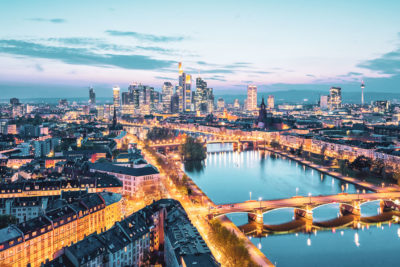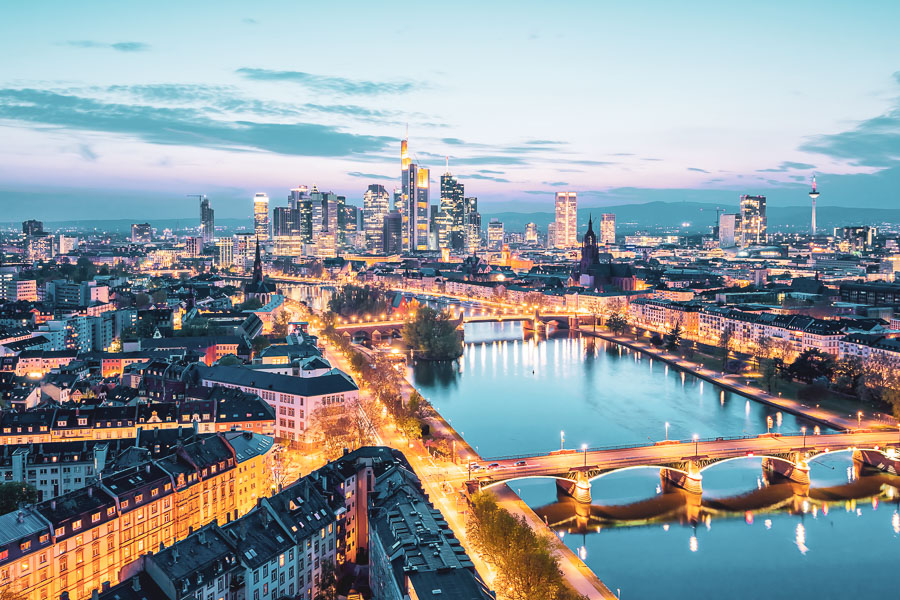German cities are steeped in history and tradition while highlighting the best in modern engineering and German innovation. They showcase unique juxtapositions between the antique and modern worlds and the large cities are a melting pot of cultures.
Germany has always been a sought-after tourist destination with plenty of must-see attractions. The Bavarian Alps are famed for their natural beauty and offer unlimited activities for adventurous spirits. Cities like Berlin and Munich are hotspots for history buffs and those curious about war-times.
All the major cities have a few attractions that you should look into. Most of them have well- kept and humane zoos, awe-inspiring cathedrals, magnificent castles, and war-era monuments. Read more on all the places you shouldn’t miss when planning your trip to Germany.
Explore Modern Day Germany, Frankfurt
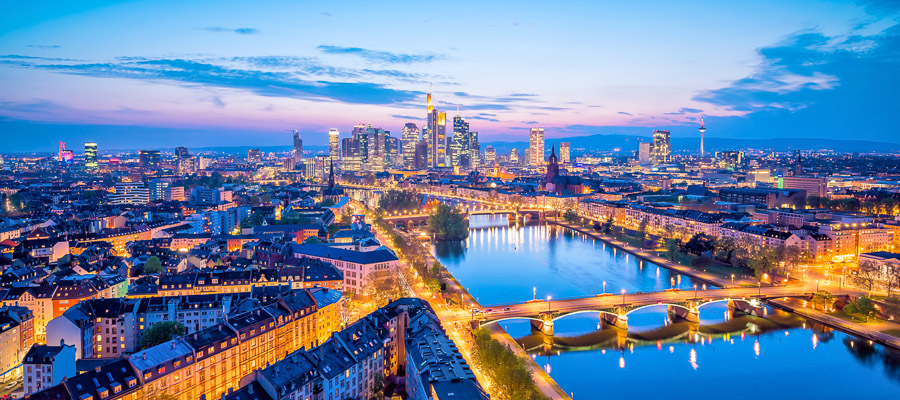
Frankfurt is Germany’s business capital and because of this has developed to be the country’s most modern city. Despite that, it stays true to Germany’s historic charm with its Altstadt (old city) and Römerberg town square. Around here you will find most of the city’s old-world attractions such as the old and new town halls, the gothic Church of St. Leonhard, and the Historical Museum.
If museums are your cup of tea, be sure not to miss the Museumsufer. This is a whole area dedicated to museums including museums for film, art, and ethnography.
German cities are not known for their skyscrapers so whenever there is an opportunity to visit an observation deck you should grab it with both hands. The Main Tower is the fourth tallest building in Germany and gives attractive views of this evolved city. Both the Frankfurt Zoo and Palmengarten are two splendid points of interest where you can appreciate nature and escape from the city.
See Germany’s Biggest Harbor, Hamburg
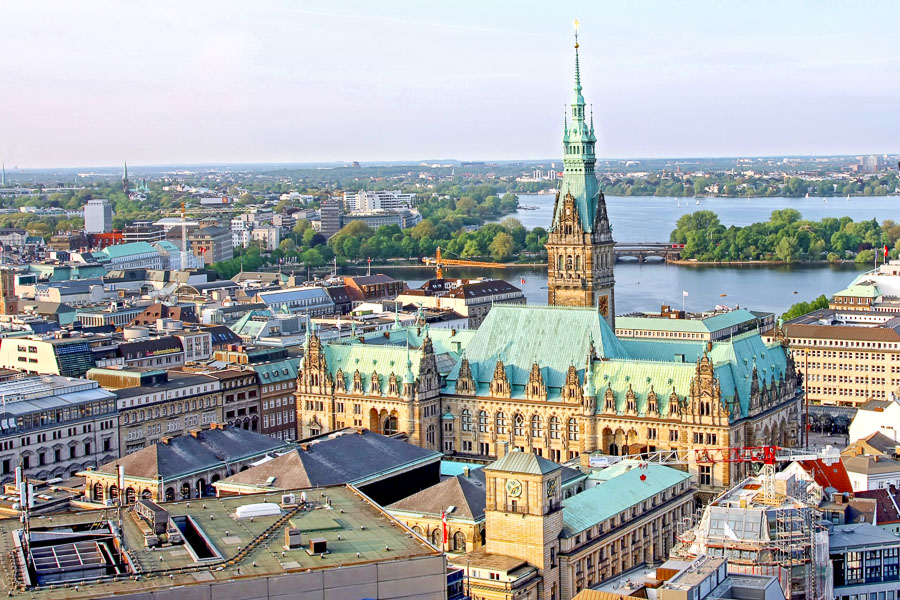
The city of Hamburg lies to the far north of the country and is largely built around its port, the largest in Germany. Hamburg has the most bridges in all of Europe, many of which are hundreds of years old. The city has many water-centered attractions that give a unique perspective on the industrialization of Germany.
The International Maritime Museum is one such attraction, marked by a gigantic golden propeller at the entrance. You can make use of the ferries which are part of the city’s public transport system or opt for private boat trips up the river or canals.
The city is also applauded for its abundance of cultural assets. The Elbphilharmonie is an eye-catching building in the newly-built HafenCity area. This 100m-tall building with its curved edges and mirrored walls has space for over 2000 people to enjoy orchestral performances in its Great Concert Hall. Sternschanze should also be explored if you can appreciate areas with a grungy underground feel. Here you will find people from all walks of life spilling out into the streets from trendy bars and music venues.
See What Is Left of the Wall, Berlin
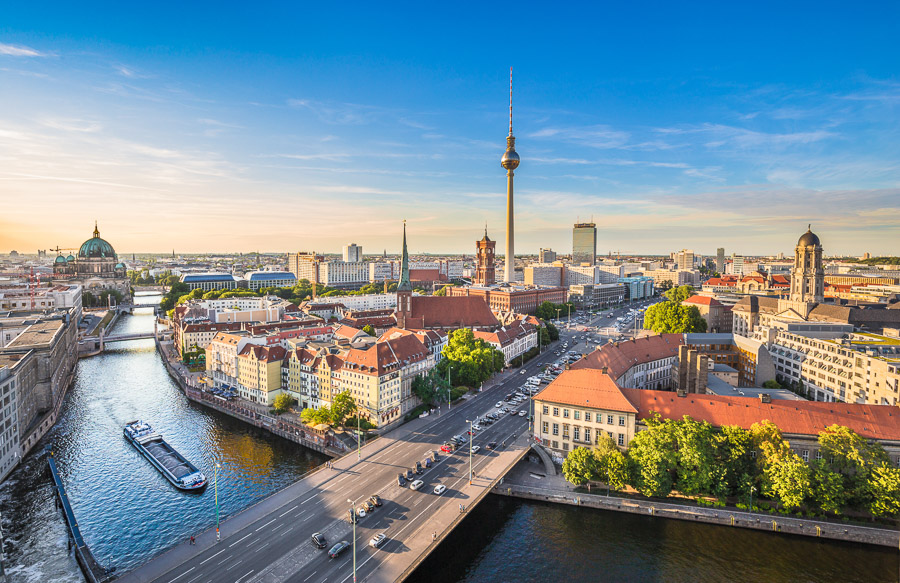
Germany’s capital to-do list reads like a page from a history book. The Brandenburg Gate, Museum Island, the Holocaust Memorial, and Checkpoint Charlie are to name but a few of the slew of attractions you simply must visit. It is easy to find a list of the major attractions and to tick them off one by one.
The East-side Gallery is a mural gallery that stretches almost a mile far and the paintings are all done on remnants of the Berlin wall. Try to rent a bike and see as much of the city as you can on 2 wheels. You should also join a free walking tour to see some of the city’s lesser-known attractions because this is where the city really comes alive.
Berlin is also the main attraction for partygoers as its nightclubs are world-renowned. The food scene here is also unmissable so save plenty of time to visit the intriguing assortment of eateries.
Beer and Art takeover in Munich

Munich is the capital of the Bavarian state and is synonymous with beer and fine art. Two very opposing yet equally entertaining entities. In the heart of the city, you will find Marienplatz sprawled out in front of the Neues Rathaus. At Christmastime, this square is transformed into a Yuletide dreamland with the smell of roasted nuts and Gluhwein filling the air.
The Hofbräuhaus is your go-to for all things beer related. Mozart even frequented this iconic tavern during the 18th century. As for art, Neue Pinakothek and the Pinakothek der Moderne are two of the most noteworthy galleries in the city. You are also constantly surrounded by architecturally profound buildings such as the Munich Residenz and the Frauenkirche.
For a peek into the extravagance that was predominant during the Baroque era, visit the Asam Church. Bavaria is also home to BMW where petrol heads can explore the BMW museum showcasing these magnificent vehicles through the ages.
Take a Whiff of Cologne
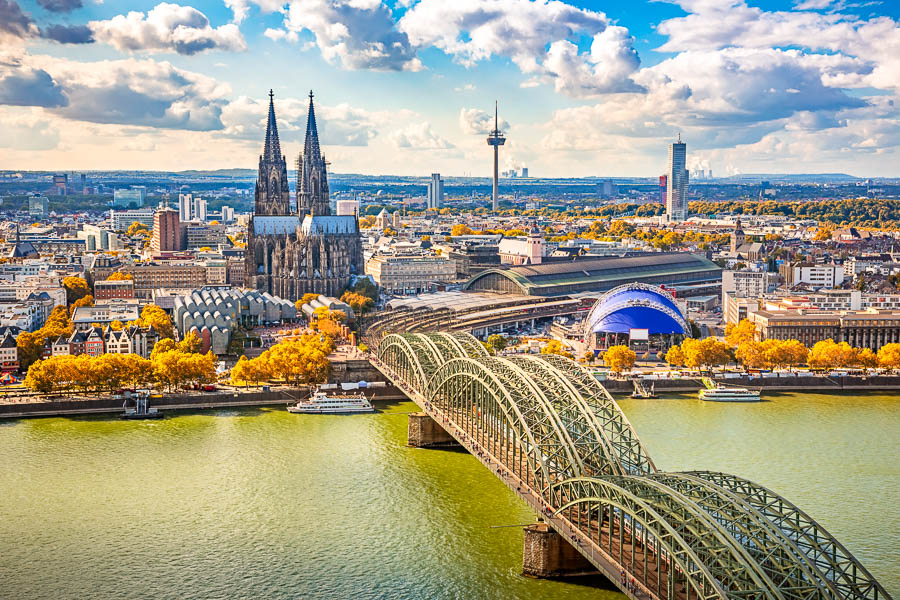
Cologne’s history spans over 2000 years and stunning gothic designs dominate the city. The Cologne Cathedral is a splendid specimen from this time and it is also home to the Tomb of the Three Kings. It is believed to hold the remains of the Three Wise Men. It is a UNESCO heritage site and the most visited attraction in Germany. The Ludwig Museum also houses many treasures including many works from the likes of Picasso and Andy Warhol.
Even though the town is ancient, much of it was destroyed during the war more than 75 years ago. Its old-town still stands with precious colorful houses overlooking a grassy park and the town square. Towering above the old town is the tower of Groß St. Martin which is a magnificent church that dates back to Roman times. Hohenzollern Bridge is another iconic part of the city’s infrastructure and at night it lights the way to the cathedral.
The city was the birthplace of Eau de Cologne in the 18th century so it is a must to take a whiff of the Fragrance Museum. The Rhine river runs through the city and boat trips along the river are very popular too.
Take a Boat Ride on Königsee

Königssee or Kingslake is the most beautiful lake in Germany. It is located in the Bavarian Alps in the south of the country. The closest town is Berchtesgaden and from there you head to the lake to take a ride on one of the electric boats.
The first stop with the boat is the quaint Church of St. Bartholomä. The tiny church is on the riverbank but is also the start of a 6km climb to the Ice Chapel in the mountain. Salet is the second stop on the boat trip and from there you can hike to a second, equally beautiful lake, Obersee Lake.
At the end of the day, you can take the cable car up Jenner Mountain to get a bird’s eye view of the majestic mountains in the area.
Flex Your Brain in Tübingen
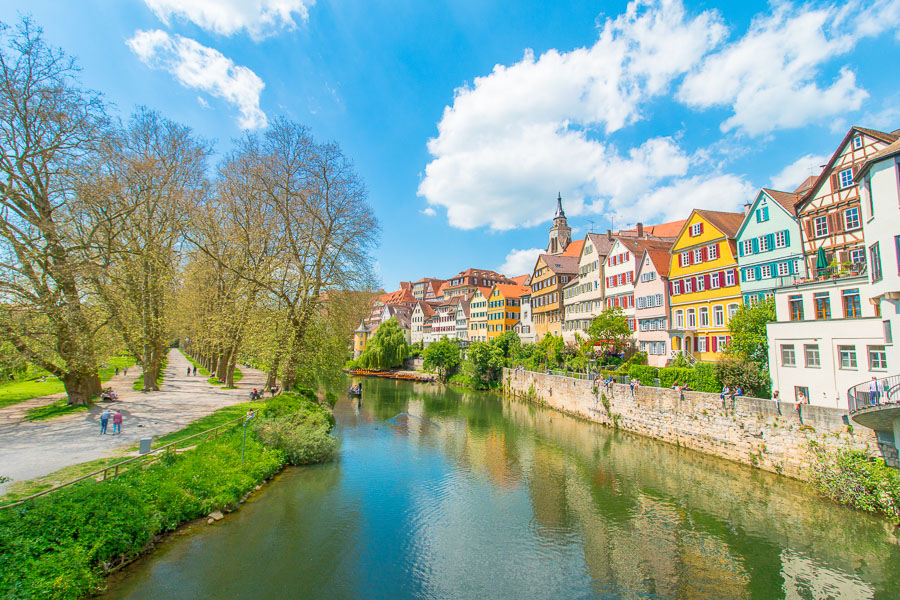
This is one of Germany’s most popular university towns. Vibrant building facades line romantic lanes that wind along the channels occupied by punters. St. George’s Collegiate Church is the town’s most striking church. Its colossal stained-glass windows are a treat for the eyes.
Hohentübingen Castle is perched upon a Spitzberg hill next to the river. This medieval castle hosts departments of the university these days but there are also wings dedicated to various exhibitions showcasing artifacts from the middle ages. It is also in this castle where DNA was first discovered in 1869 by Friedrich Miescher.
See Luxury Motors in Stuttgart
Stuttgart lies in the southwest of Germany and is another of the country’s motor capitals. Mercedes-Benz and Porsche both originated here and visitors can now enjoy tours of their modern museums. Schlossplatz forms the tranquil center of the city where visitors can enjoy the relaxing park atmosphere around the fountain or attend an open-air concert.
The Markthalle provides an essential service to the city as it sells many fresh types of meat, cheeses, and bread but it is their more gourmet confectioneries that will attract foodies. The city has many museums that are each unique whether it be their design or history. The Linden Museum displays ethnological valuables and the Kunstmuseum Stuttgart is an eye-catching square glass building showcasing contemporary and modern art.
Walk Among Philosophers, Heidelberg
Heidelberg is another of Germany’s pristine antique university towns. The old town (Altstadt) is bustling with divine cafes and restaurants lining the cobblestone streets. Schloss Heidelberg overlooks this area from atop its regal hill. Inside the castle is an expansive museum dedicated to pharmaceutical sciences in Germany and you also have a great view of the Alte Brücke (old bridge) over the Neckar river.
On the opposite side of the river, you should take a walk along the 2km long Philosophenweg which leads up to the Philosophengärtchen. Here you can relax amongst statues and monuments in the city’s most prosperous neighborhood. The city’s oldest building, Haus zum Ritter, as well as the Studentenkarzer at the university, are also well preserved historical sites that add to the city’s old-world charm.
Step Back to 300BC, Trier
No trip to Germany is complete without a trip to the country’s oldest city. Trier holds on to its Roman history that heavily influenced the development of the country.
Porta Nigra is a colossal Roman gate that is more than 800 years old. Emperor Constantine had great authority in this area and one of his legacies is the Aula Palatina which is used as a church today. Another is the Cathedral of Trier that is a unique amalgamation of building styles as it developed over various centuries. The Trier Amphitheatre and Trier Imperial Baths are also great attractions to explore the Roman history that forms the foundation of much of modern-day Europe.
Rococo era buildings are also widespread and buildings like the vibrant Electoral Palace showcases this unique style. Basilica of St. Paulinus is also a treat with tall billowing white columns leading up to the precious ceiling frescos.
‘Tis Always the Season in Rothenburg
The state of Bavaria is chock full of medieval treasures and the town of Rothenburg is one of its greatest. This town is straight out of a storybook with its half-timbered houses and cobblestone streets. It is the epitome of romance and quite easily the picture-perfect preservation of old Germany.
The town has one attractive site after the other and these include favorites like the town hall (Rathaus), town walls, Plönlein, and St. James’s Church. There are plenty of stunning green-spaces including the Burggarten (the Castle Gardens) where you have splendid views of the old town.
German Christmas markets are unmissable and the market in Rothenburg is a tradition that stems back more than 500 years. During Christmas time the town is decked out in more than 80,000 candles but don’t despair if you cannot visit in the season. All year round you can visit the Christmas Museum (Deutsches Weihnachtsmuseum) to see special trinkets and ornaments to put you in the spirit.
See Cinderella’s Castle, Schloss Neuschwanstein
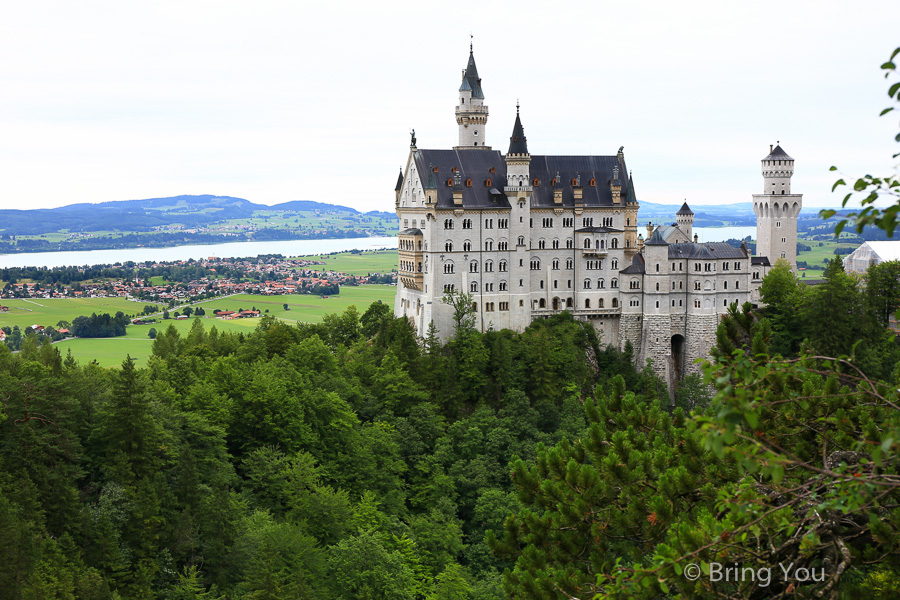
No place in Germany is as fairytale-like as Neuschwanstein castle. The castle was quite literally the inspiration for Cinderella’s castle from Disney with recognizable roof turrets and spires. The castle was commissioned by King Ludwig II who was renowned for his wealth and displays of opulence.
The interior of the castle is nothing short of spectacular. Fourteen rooms are each more extravagant than the next and decked out from floor to ceiling in gold and valuable draping. During the second world war, the castle was also a hiding place for a crooked organization that looted precious art and artifacts. Thus, the castle’s history spans over centuries and is a perfect reflection of Germany through the ages.
Have Some Cake and Eat It, Schwarzwald (Black Forest)
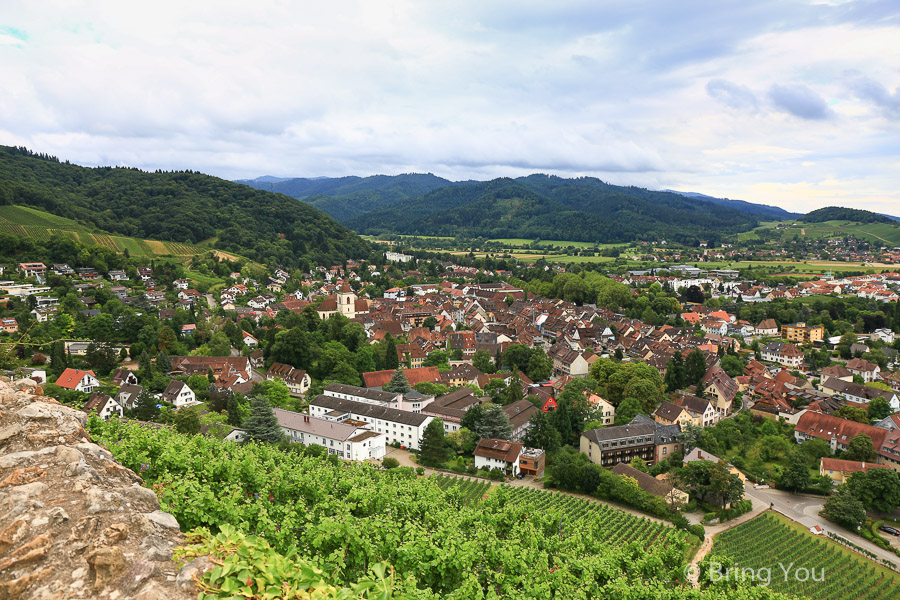
The Black Forest is located in the mountainous region in south-west Germany. All along the dense forest, you will find postcard towns and villages all worth a visit. The first thing on your agenda should be to dive into a thick slice of Black Forest cake at a local bakery. This is a decadent layered cake with cream, cherries, cherry liquor, and chocolate cake.
Many of the towns in the region have specialty attractions such as the “House of 1000 Clocks” in Triberg where you are inundated with hundreds of intricately carved cuckoo clocks. In the village of Wolfach visitors can try their hand at glass blowing at Dorotheenhütte or marvel at the assortment of roses at the Rosengarten in Baden-Baden.
The area has profound hiking opportunities with the bonus of free public transport for visitors to the region.
Remember the Fallen Victims, Dachau
WWII and its atrocities are undeniable and one would be remiss if one does not explore that side of history right where it all started. Visits of this kind are less a “must-see” more of a “should experience”. The mood is somber and cold but walking up to the heavy metal gates at Dachau’s entrance is a sobering experience.
Visiting a site of this magnitude puts a lot of things into perspective and connects history and mistakes of the past with our present and future states. The camp is a dignified and respectful site but certainly not for the faint of heart. You will see educational videos and footage and artifacts from this dark time in history.
Spend Easter In Oberammergau
Oberammergau is an alpine village in the Bavarian Alps that is a year-round gem. In the summer, the sprawling green hills are highlighted with colorful flowers bursting from every windowsill in town. In the winter, the town is transformed into a winter wonderland with snow-covered rooftops and mountains.
The town has been home to magnificent artists for hundreds of years. In the 1700s Matthew Guenther created marvelous frescoes in the Parish Church St. Peter and Paul. Today, many artists also create woodcarving and have kept this trade alive for hundreds of years. At the Pilaushaus, you can see them at work. Also, try your hand at skiing or simply take the Kolben-Chair-Lift up the mountain to enjoy the views.
If you are lucky enough to visit this town during Easter you could witness the world’s most famous passion play. Once every 10 years nearly 500,000 people flood this town to experience the masterful production.
